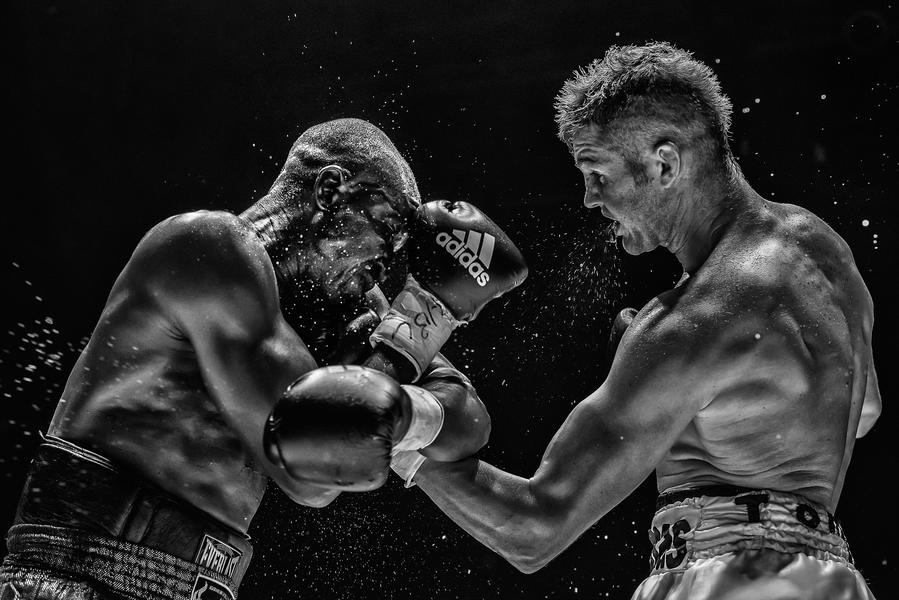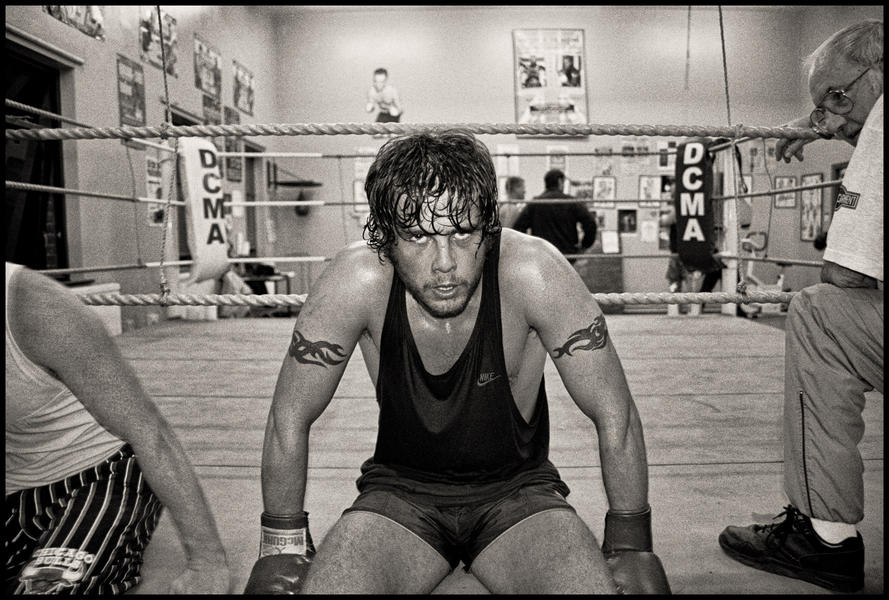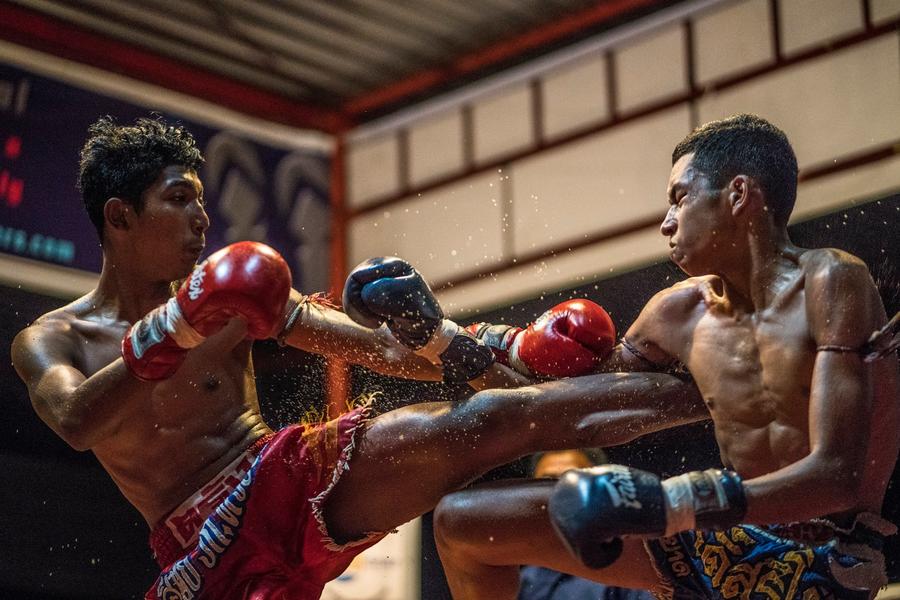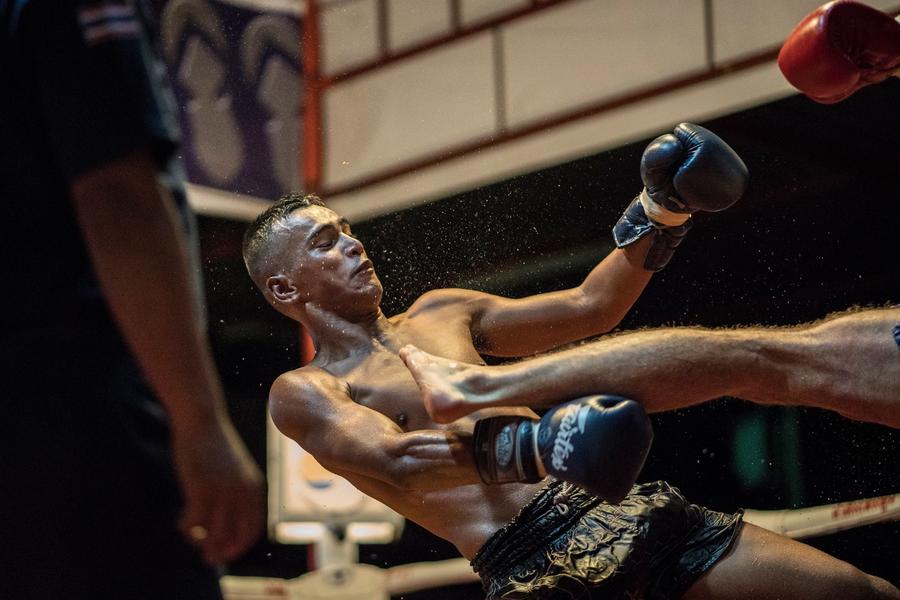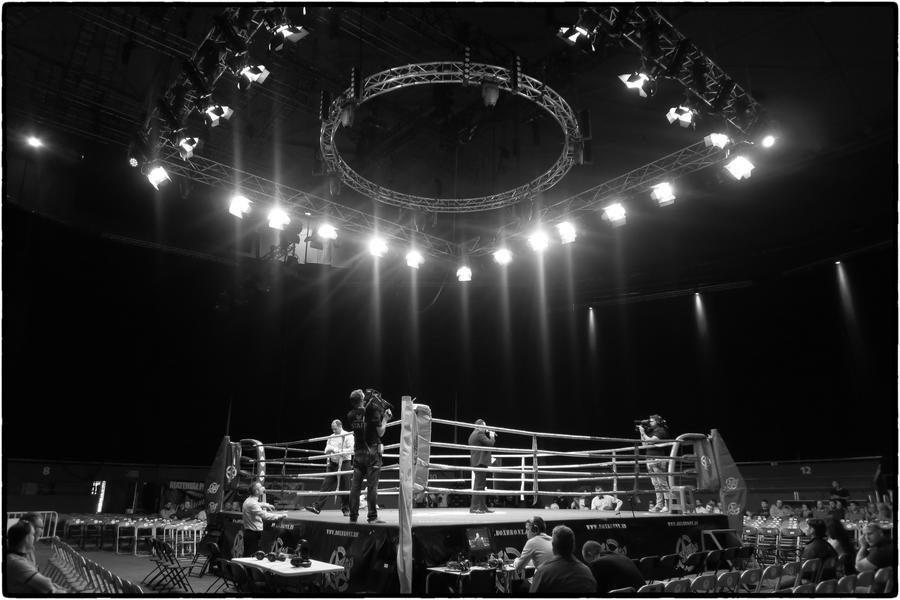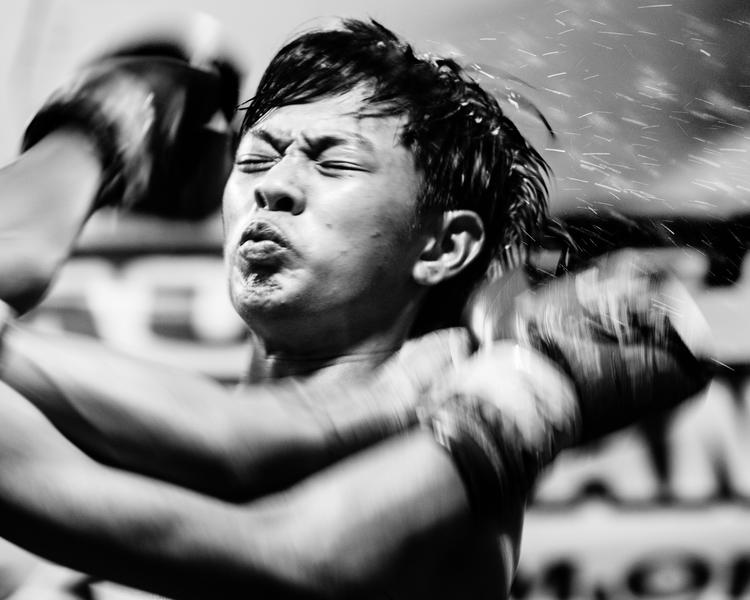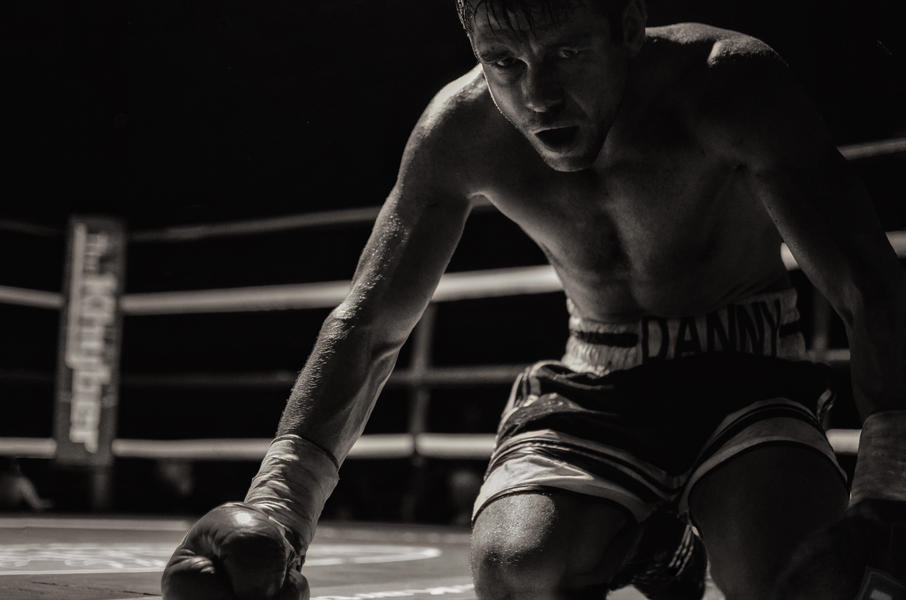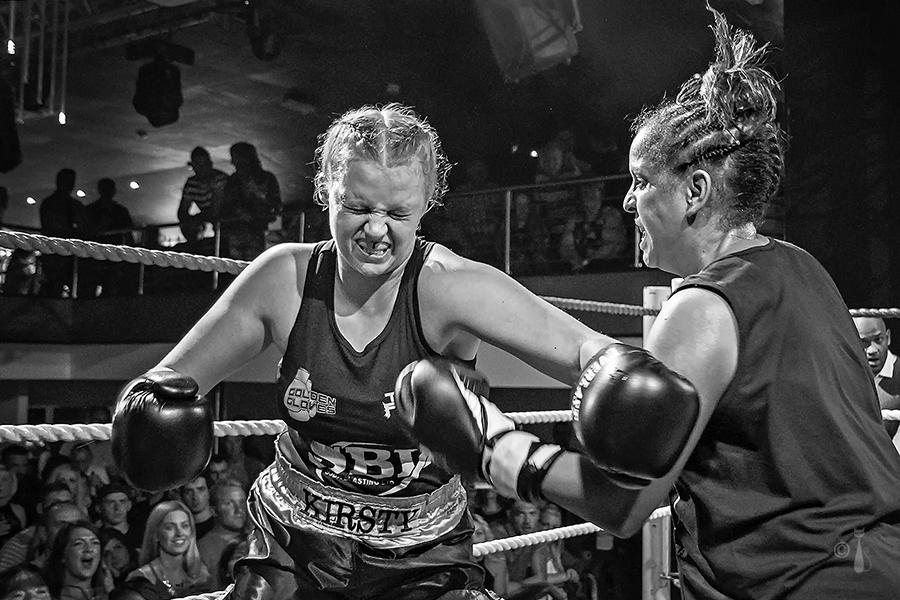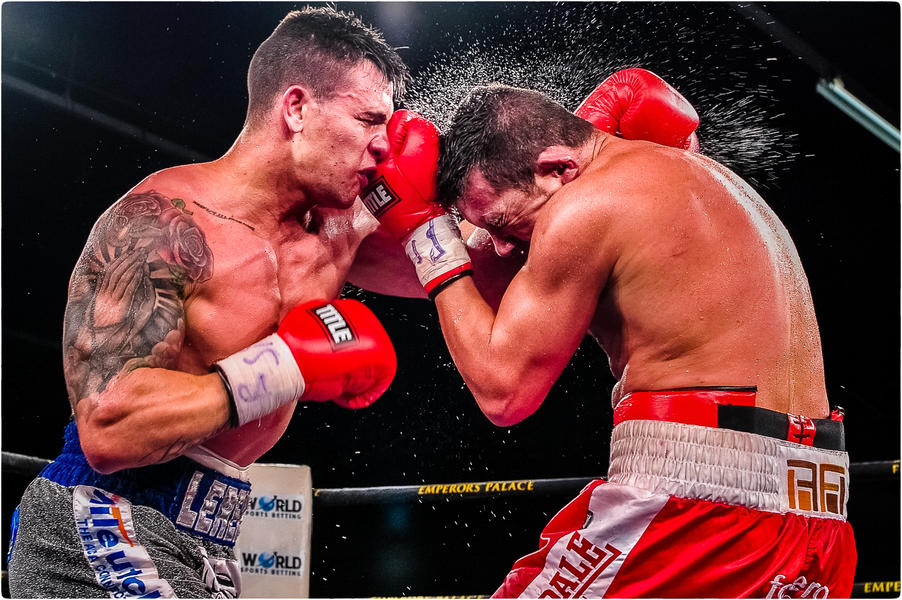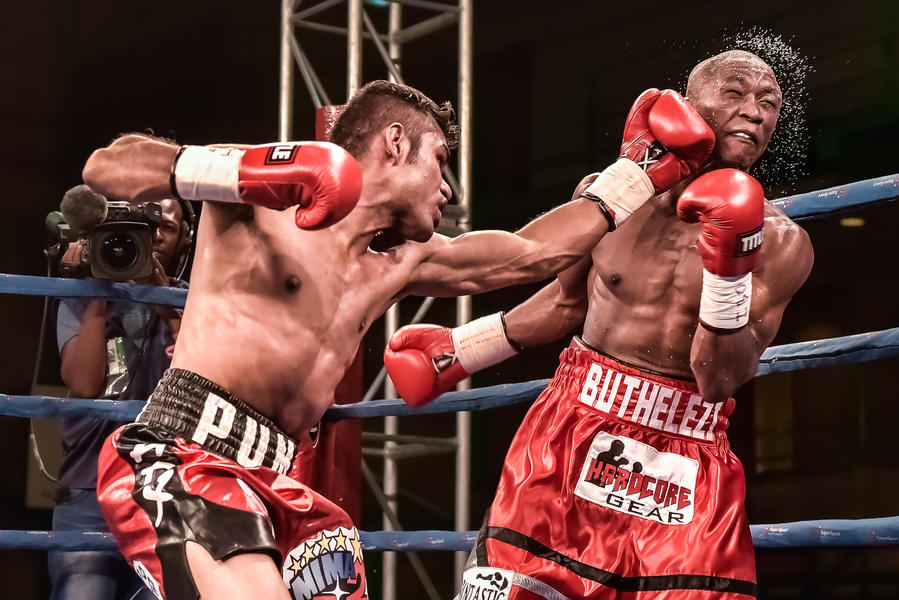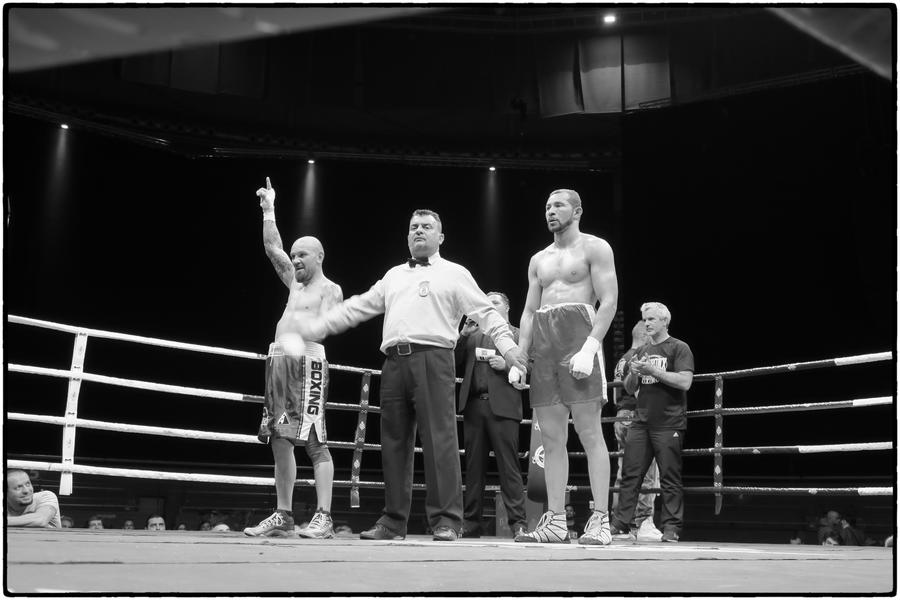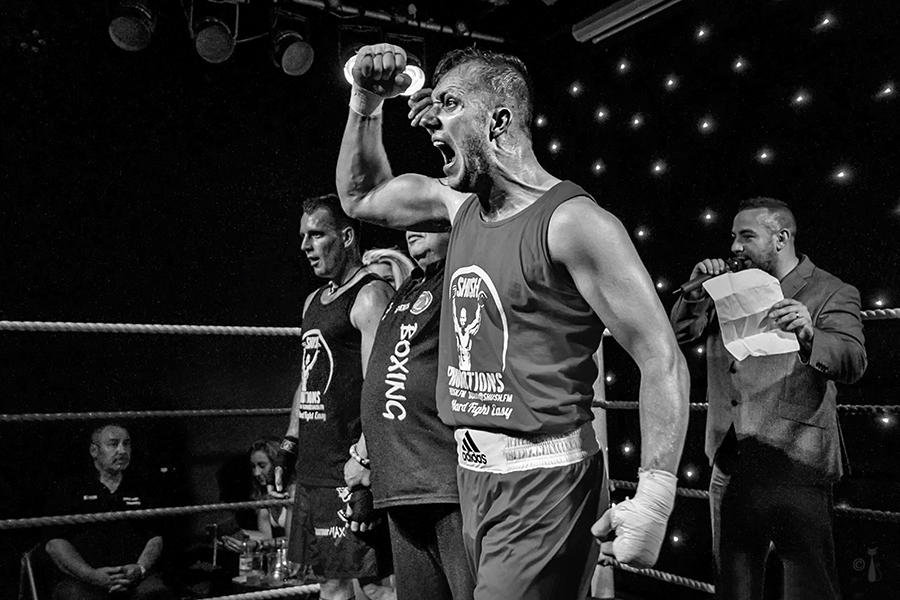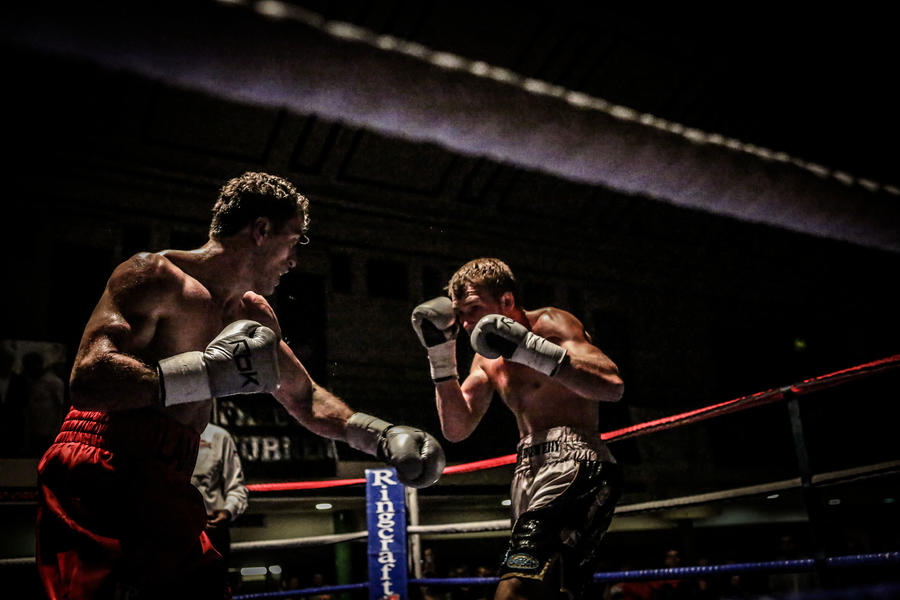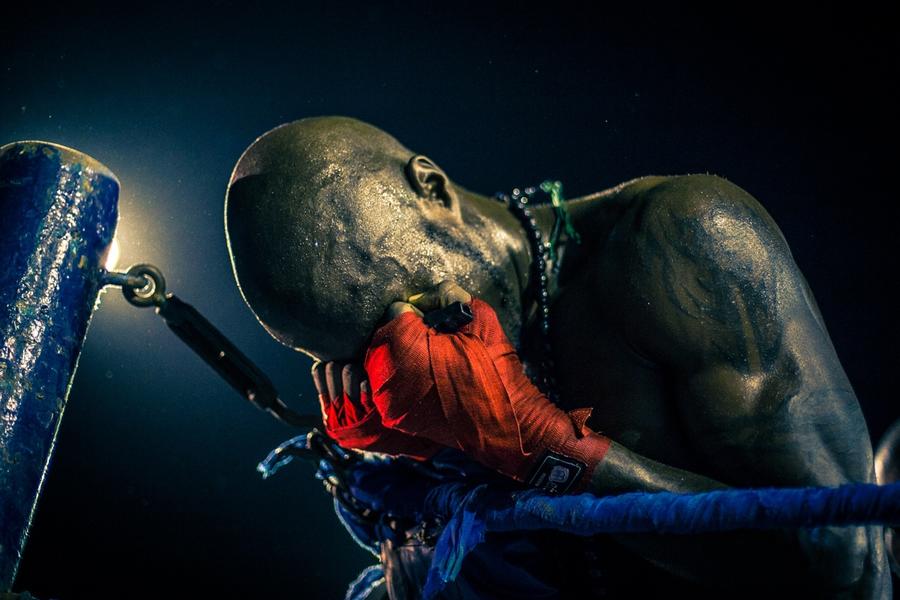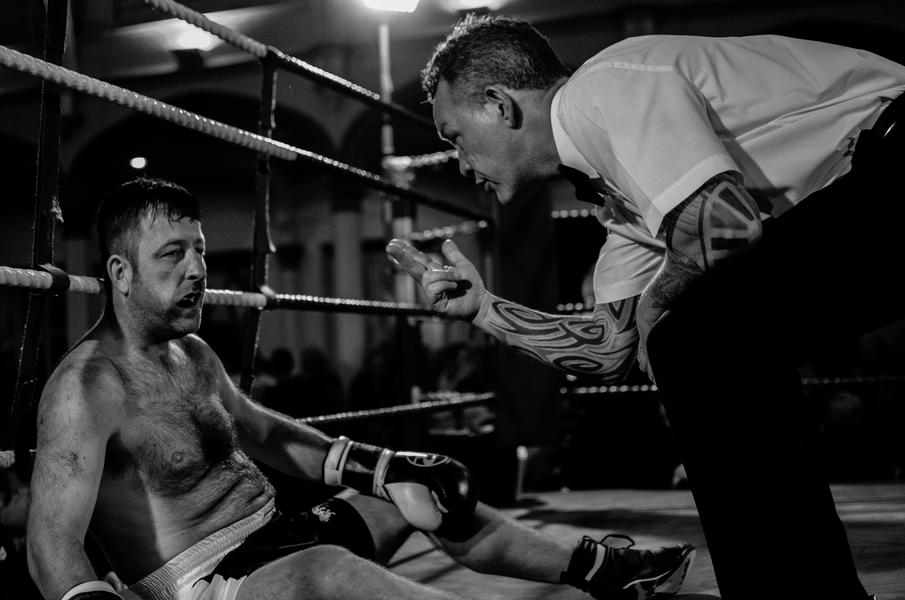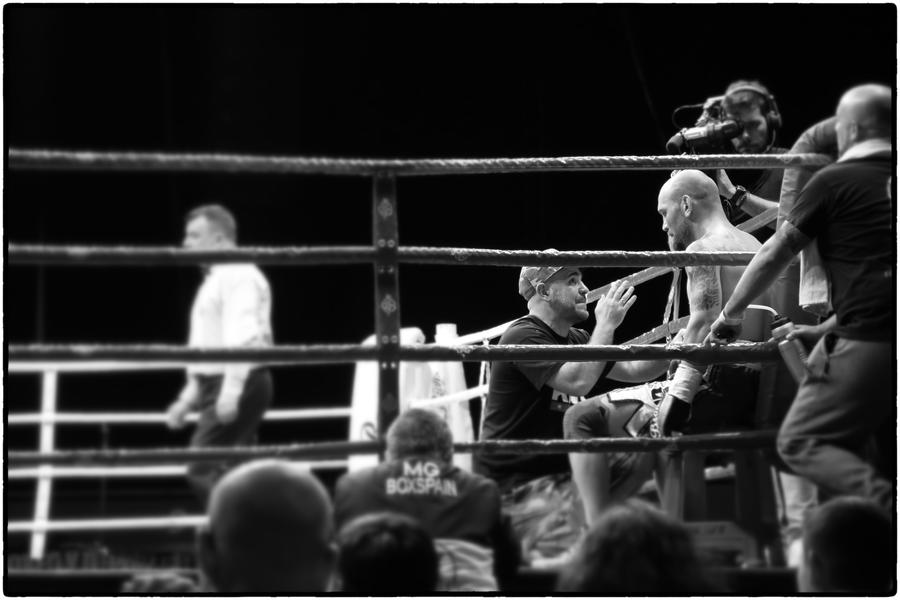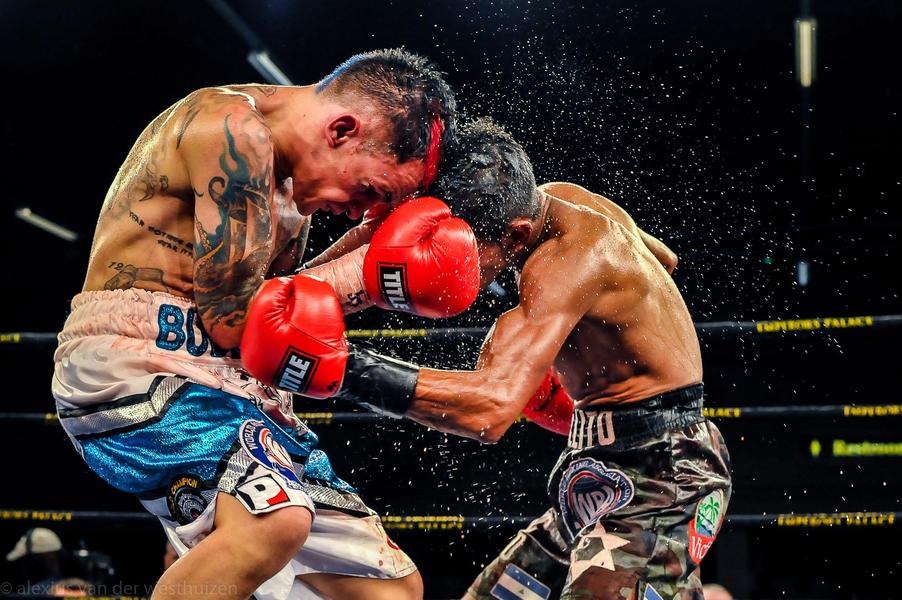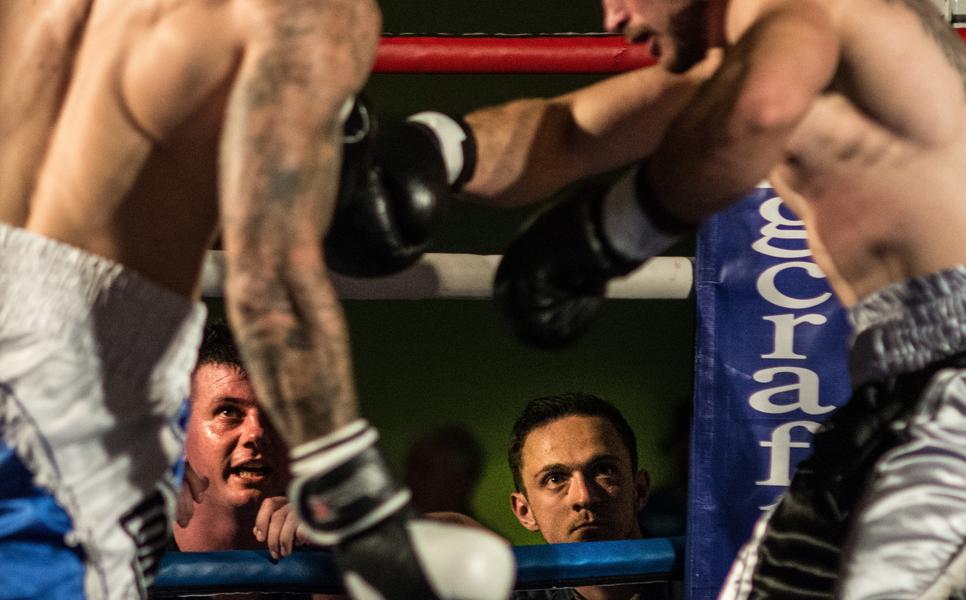We lay out some of the basic techniques behind boxing photography and look at some of the best images from Photocrowd
Even if you’re not a sports fan, sports photography undoubtedly produces some dynamic and impactful images. And boxing is one of the most visually interesting sports for photography, combining skill, movement and strength. Your aim as a photographer is to catch all of these qualities in a single frame.
Boxing photography can lead to some fantastic images and with just a few basic techniques under your belt, you should have no issue in walking away with a handful of powerful images.
'The Left Uppercut' by Alexius van der Westhuizen
Make contact
The first thing you need to do is contact the organisers and seek permission to shoot. You may find it’s easier to contact a local boxing gym first and ask their advice about how best to get access, and you can always ask to take some photos at the gym too. You’ll actually find that many gyms are quite accommodating, particularly if you offer to give them some prints afterwards. Also keep in mind that many of the young fighters there are at the earliest stages of their boxing life and will appreciate having this vital period of their professional career documented.
'Boxing Training' by Stephen Curry
Get there early and pick your area
Having secured permission to shoot a match, get to your location as soon as possible to secure a good spot. A good tip is to seek permission to shoot ringside. A lot of places will be fine with this unless they have an in-house photographer. If you are granted permission then pick a good area, preferably close to one of the ring corners as this will give you a good vantage point to cover the entire ring.
'Thai Box' by Pavel Mothejl, exposure unknown
Stick to your spot
One of the golden rules of sports photography is to always stick to your spot. Once you’re in your area, stay there. Do not try moving around the ring during the match otherwise you risk getting in the way of people trying to do their job, including other photographers.
'Thai Box 2' by Pavel Mothejl
Be prepared for a lighting change
When you arrive, you’ll note that the room is bright and well-lit. Once the match begins, the lights will be replaced by overhead spotlights to illuminate the ring. This makes it difficult to work out your exposure beforehand but, thankfully, the first round tends to be the slowest and least visually interesting meaning you’ll have plenty of time to set yourself up.
'Vistalegre Ring' by Carmen Garcia Diaz
Use a fast shutter speed
Boxing is a sport of lightning-fast action that requires a fast shutter speed. How fast is up to you. There are many photographers who shoot around 1/400sec to 1/500sec. This freezes the movement while also containing just enough blur in the action to suggest momentum. If you’re looking to completely freeze the action then you should look to 1/1000sec and higher. This is particularly good if you want to capture the beads of sweat flying off a boxer after impact.
'Painfu Punch' by Tim Crabb. Shot at 1/90sec.
Use a shallow depth of field
Shooting at a depth of field such as f/3.2 to f/4 means you can blur out extraneous detail in the background and also means more light will enter your lens allowing faster shutter speeds.
'Oh Danny Boy,' by Sophie Merlo. Shot at f/1.8.
Shoot at a high ISO
As you’re shooting in relatively dark conditions you’ll want to bump up your ISO in order to achieve a fast enough shutter speed. Many of today’s cameras are perfectly capable of achieving high ISOs without the intrusion of noise.
'Ouch' by Lynn C. Shot at ISO 3200.
Set your camera to continuous shooting or burst mode
Boxing is a fast-paced sport and that’s why continuous shooting or burst mode is a great way to avoid missing those devastating blows.
'The Title Contenders' by Alexius van der Westhuizen
Use your camera’s track-focus function
Boxers are always moving and it can be tricky keeping them in focus so use the track-focus function of your camera. Check your camera's manual to see how to access this function. Focus tracking means your camera will identify the moving subject and continuously shift its focus to keep that subject sharp no matter where it moves in the frame. As with standard autofocus, focus tracking is activated by pressing the shutter halfway down. Practise makes perfect with this function, so don’t be deterred if early experiments are hit and miss.
'Buthelezi vs Avilez' by Alexius van der Westhuizen
Don’t use flash
Under no circumstances should you use flash during a boxing match. This will serve as a massive distraction for the boxers and will throw them off their game. It will also result in you receiving a severe reprimand from the referee.
Untitled by Carmen Garcia Diaz
Use a telephoto lens
24-105mm is a good choice of lens as this will give you several options, particularly important if you’re inexperienced at photographing this type of event. While using a prime lens is fine, it will mean you are restricted in terms of the coverage. Using a telephoto lens means you can easily switch from ring-wide scenes to close-ups of the action.
'The Winner' by Lynn C. Shot with a Tamron 16-300mm f/3.5-6.3 lens.
Shoot through the ropes
As you’ll be standing ringside you’ll be free to shoot through the ropes and achieve clean close-up shots of the action. There may be occasions when including sections of the rope will add to the compositional arrangement and framing of the shot. Generally, though, you’ll want to shoot through the gaps.
'Boxing' by Carol Moir
Leave your tripod at home
Make sure you shoot handheld. You need as much freedom as possible to achieve dynamic shots and capture fast movement. A tripod will be a cumbersome obstruction and prevent you from getting your best images.
'The Born Champion' by Michael Duff
Use a lens hood
As your shots will be lit with overhead spotlights and floodlights, you may find that your image subjects are subject to lens flare. A lens hood will help overcome this.
'Count Out' by Sophie Merlo
Carry spare SD cards
There’s no telling how long a match will go on for so it could be that you easily fill up your cards quickly. You should also shoot raw files to give yourself some leeway with exposure and tones in post-production, so your files will be large.
'Chiruta y Fer' by Carmen Garcia Diaz
Study your subjects
Over the course of a match, it’s worth studying boxers as you would wildlife. Boxers have patterns of movement that you can learn and adapt to. This will mean you’re able to anticipate certain movements and get the shots you want.
'Budler vs Rojas' by Alexius van der Westhuizen
Tell a story
A boxing match is an event full of noise and life. Don’t just shoot the boxers. Make sure you get coverage of other people there such as the announcer and the crowd as they shout at the ring. This will give people a real sense of the drama and atmosphere of a boxing event.
'Watching' by Andy Walker
